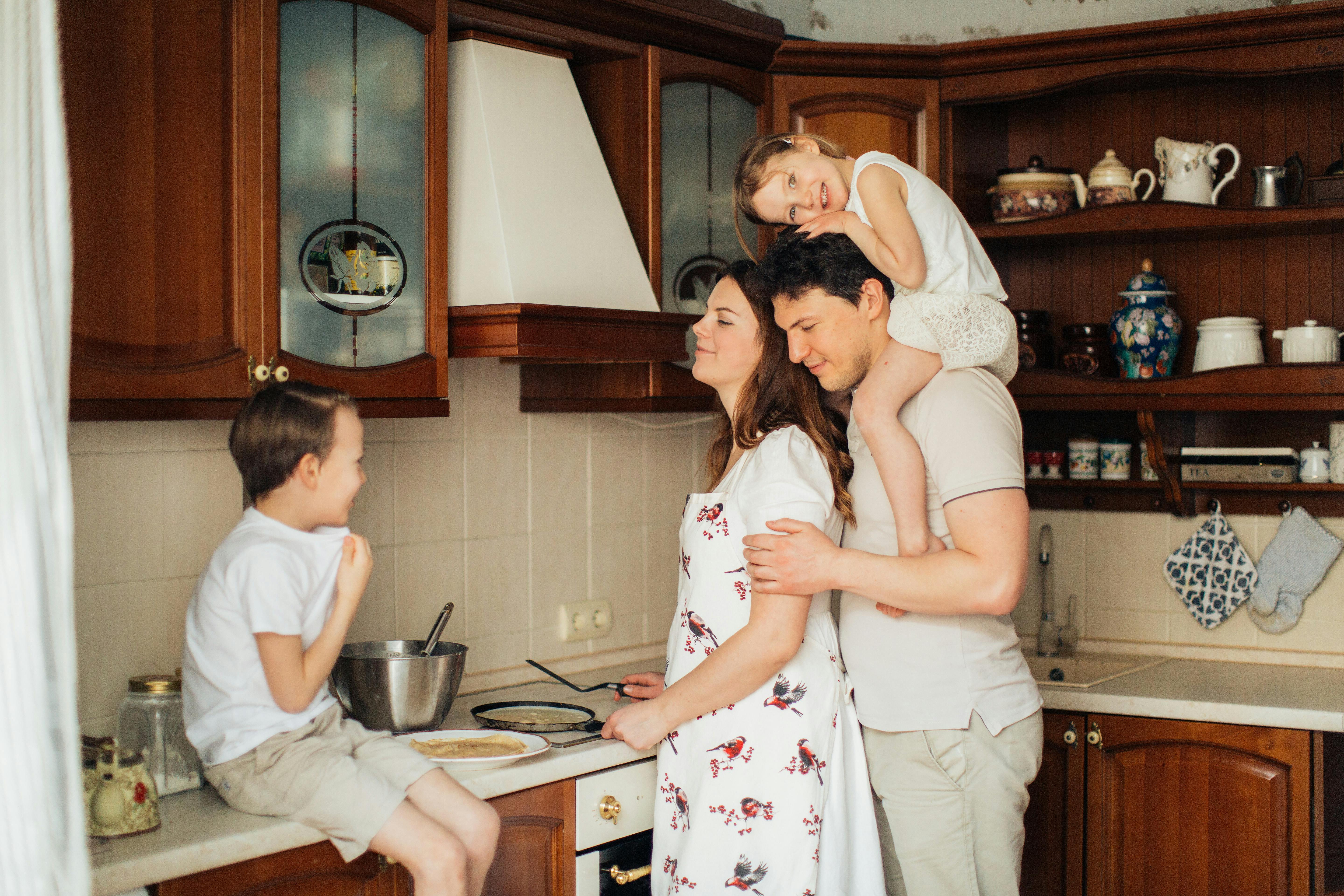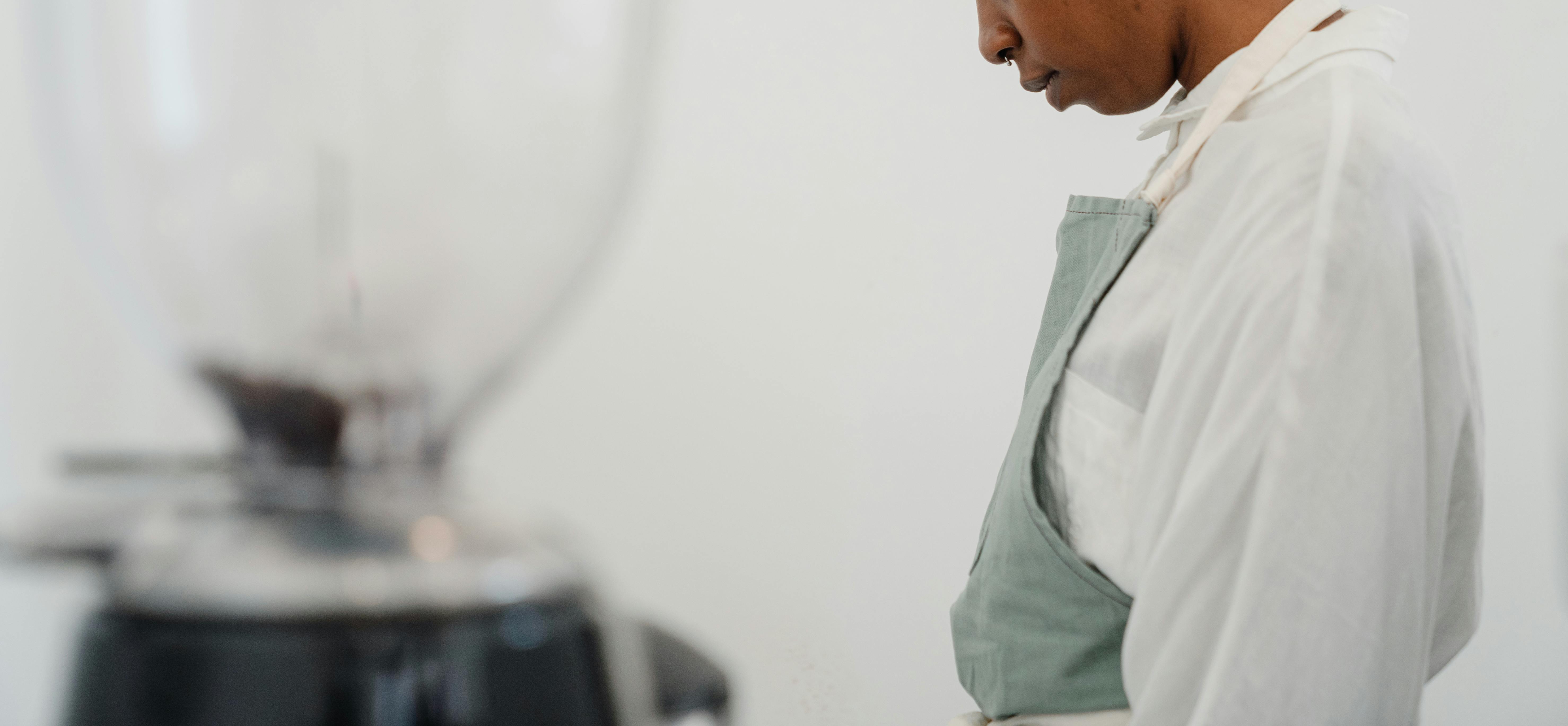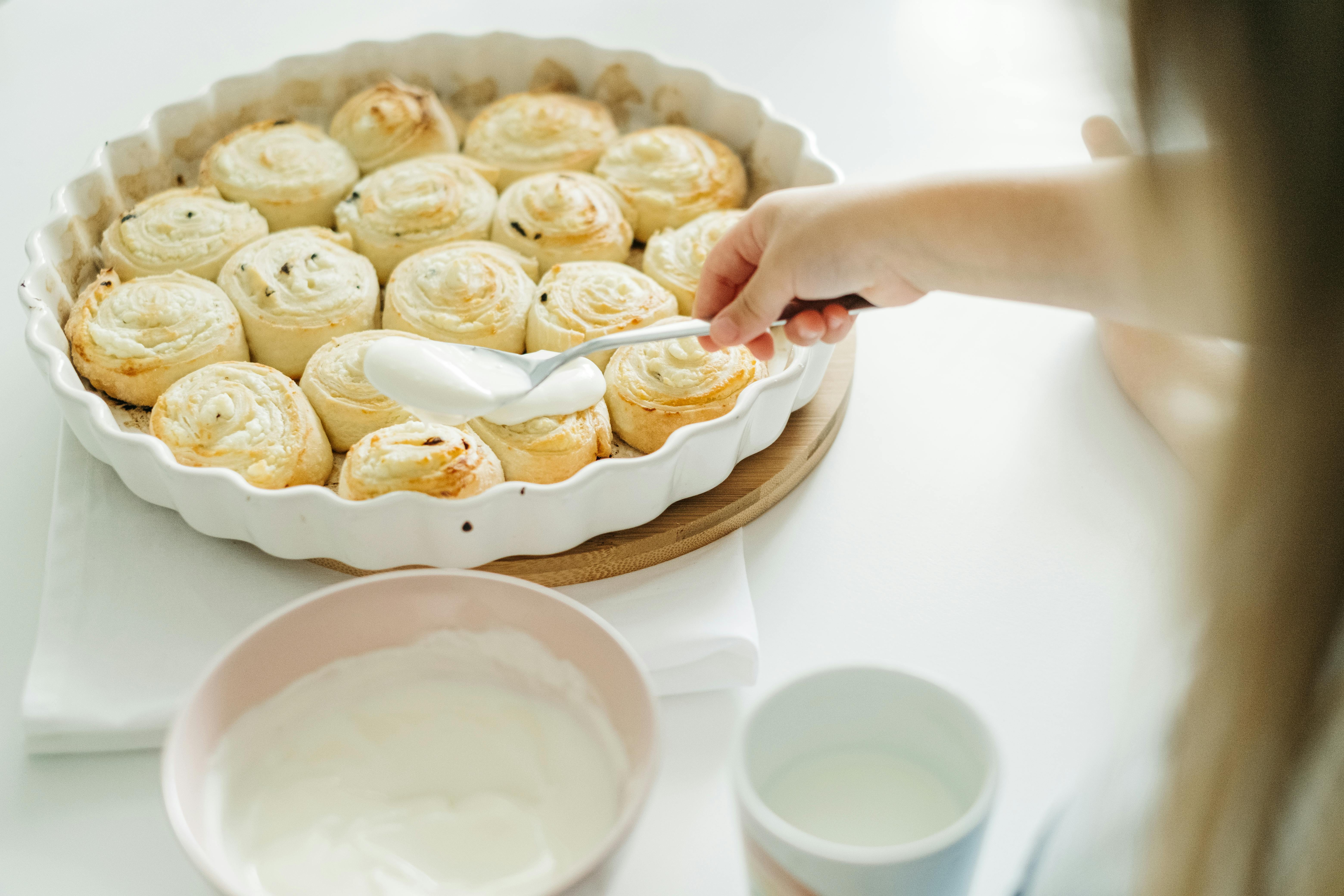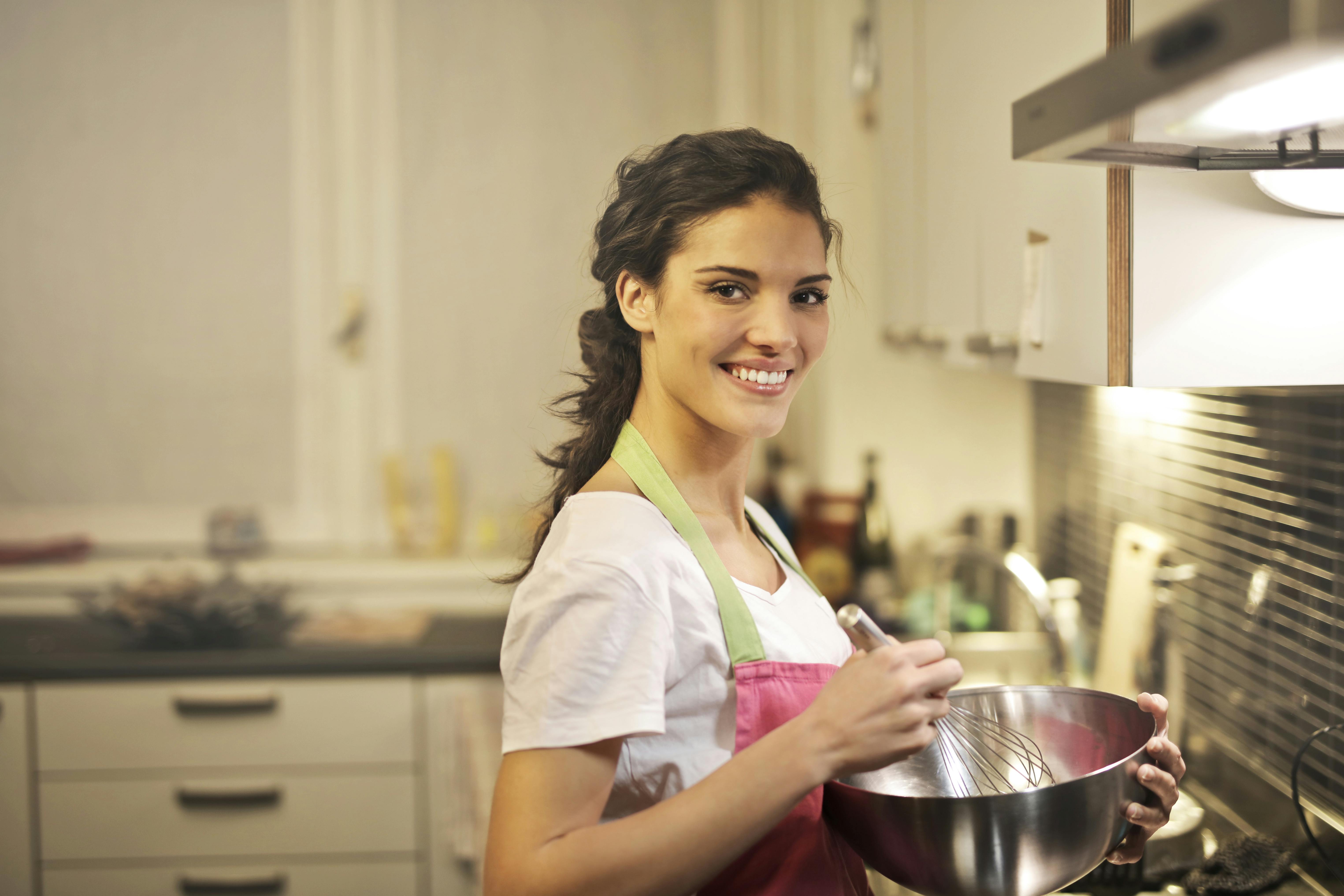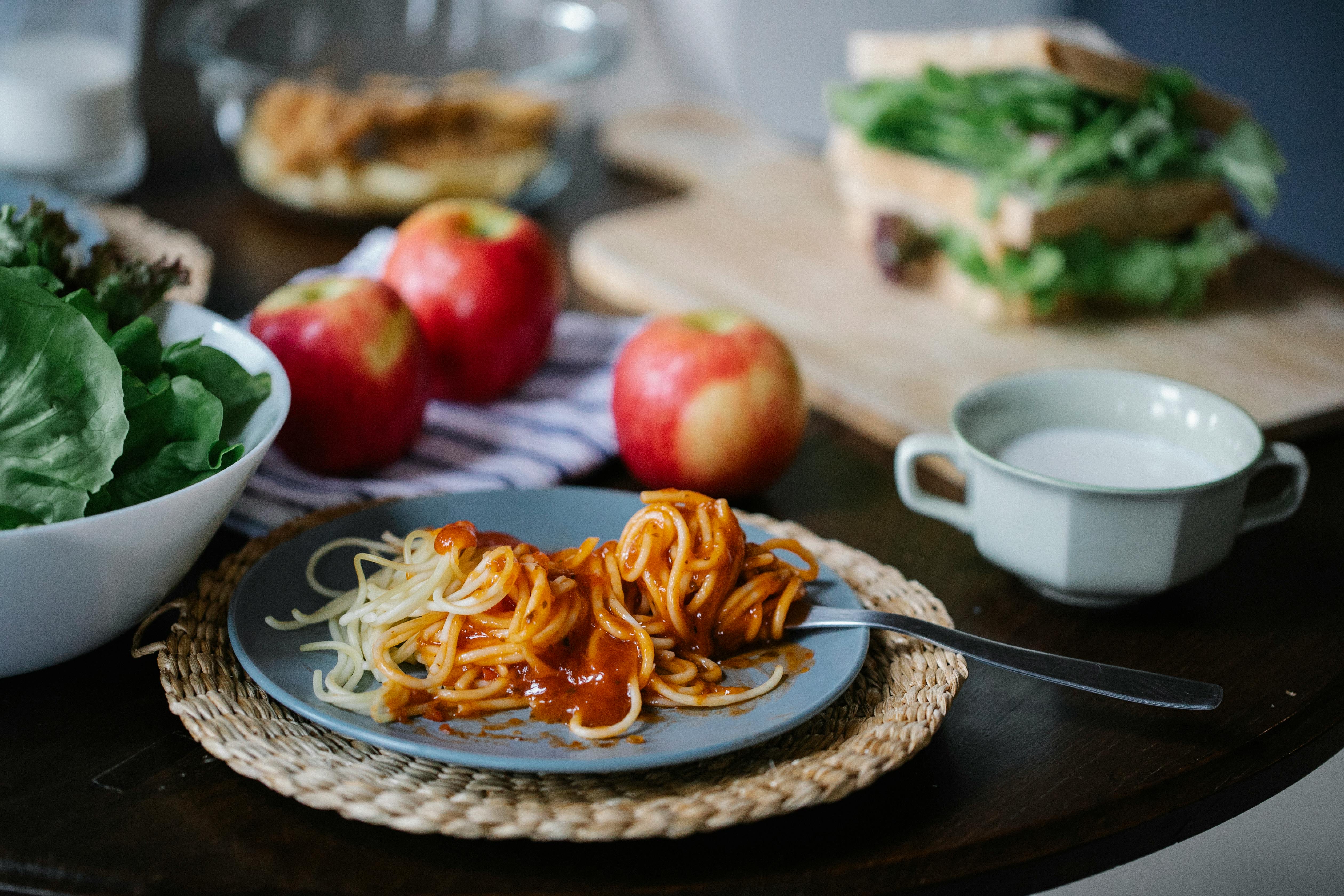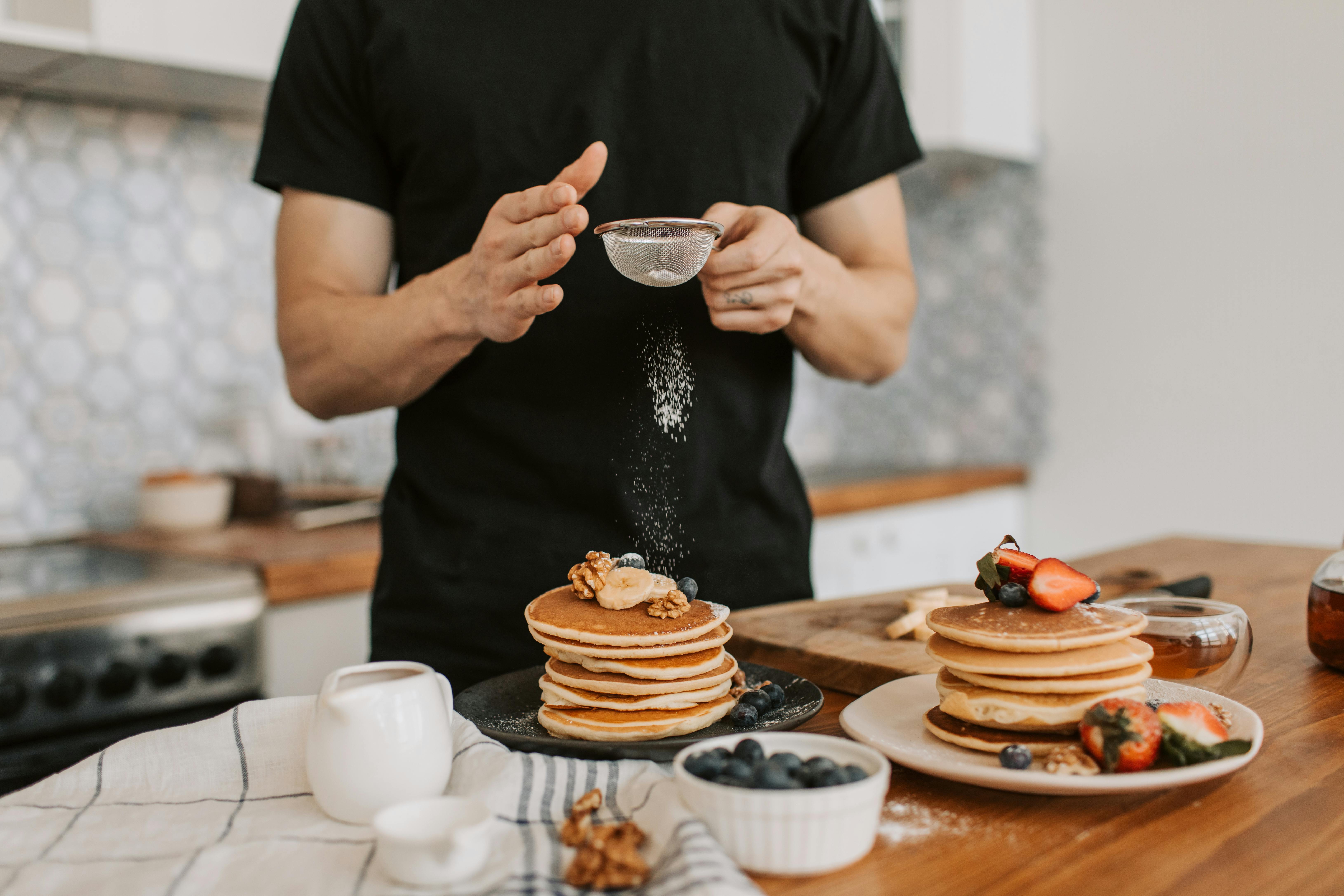Top 10 gothic home decor ideas
Gothic home décor and decor, you either love it or you hate it. Dreaming of gravely pale dried red roses against a medieval throne chair is enough to make the most ghoulish damsel go weak in the knees.
There are several different types of gothic decorations, ranging from engraved art on tombstones to more subdued Victorian-Gothic themes. Whatever the case may be, if you are someone who enjoys this type of interior design, then the following 10 gothic decor ideas will be of great benefit to you and the undead that cohabit there.
Gothic Living Room – If you like to entertain guests, then a gothic living room, with oak and mahogany furniture, earth tone walls, hardwood floors, long chandeliers and large antique chairs will boost your reputation among your friends and family . You can also opt for doors and window panes, given a rusty, weather-beaten look with a stained glass film, to enhance the gothic quotient of said room.
Gothic bedrooms: The gothic look can also be used to achieve a very romantic atmosphere in couples’ bedrooms. Here, grand canopy beds, in old-world patterns and rich, comfortable fabrics like satins, matte silks, foamy leathers, and velvets are an absolute must. The lighting should also be soft, to create a gothic yet romantic atmosphere. Hanging candle lanterns work especially well.
Gothic Garden: The sky is the limit, when you want to experiment with a gothic garden, put aside the references to “Jasmine and Rose”… Exotic, strange and visually stunning deadly flowers of nightshades and orchids would fit well. As for furnished accessories, you can try weeping gothic fountains, gargoyle figurines, or cast iron seats.
Gothic bathroom: these bathrooms should ideally have large area dimensions, to be able to play with darkness and light. In such a bathroom, porcelain items are highly appreciated. A black and white checkerboard floor would be great. Here, too, large mirrors with intricate medieval paneling are preferred. Even your shower and sink accessories can have medieval signatures or shapes of magical creatures. The warm glow of numerous purple and red candles shimmered on the surface of the water. Using dark candles or even dragon incense holders works quite well.
Gothic Kitchen – A gothic kitchen should play with a variety of building materials that go well with the medieval theme. In particular, woodwork is necessary to add a touch of rustic simplicity to your kitchen. In addition to these, the shelves and cabinets could make use of stone, stained glass and wrought iron. Plus, you can hang your pots and dishes from a low beam to add a touch of authenticity to the whole look for a Sweeney Todd feel. To take things a step further, try hanging a mace or battle ax on the wall. Even model your kitchen similar to the Vegan Black Metal Chef!
Gothic colors: Oh the horror, do you mean there is a color other than black? All other varieties of dark and vibrant colors go well with a gothic setting. In this document, you can choose to paint the walls of your home with different types of red, purple and stone tones.
Gothic wallpapers are now abundantly available on the market, in a huge number of interesting patterns and motifs. They are affordable to buy and you can experiment with different types of these every few months.
Gothic Lanterns: They can add a magnificent look to your living room, bedrooms, and even bathrooms. For maximum effect, choose chandeliers that add a royal touch to your abode.
Gothic Figurines: They are available in the forms of a large number of mystical creatures such as dragons, gargoyles, skulls and more.
Fireplaces: A simple fireplace, in the form of an arch of wood, is perfect for the gothic decoration of your home. If you want to feel like the vampire lord, go for a ridiculous marble mantelpiece with a lion’s head.

